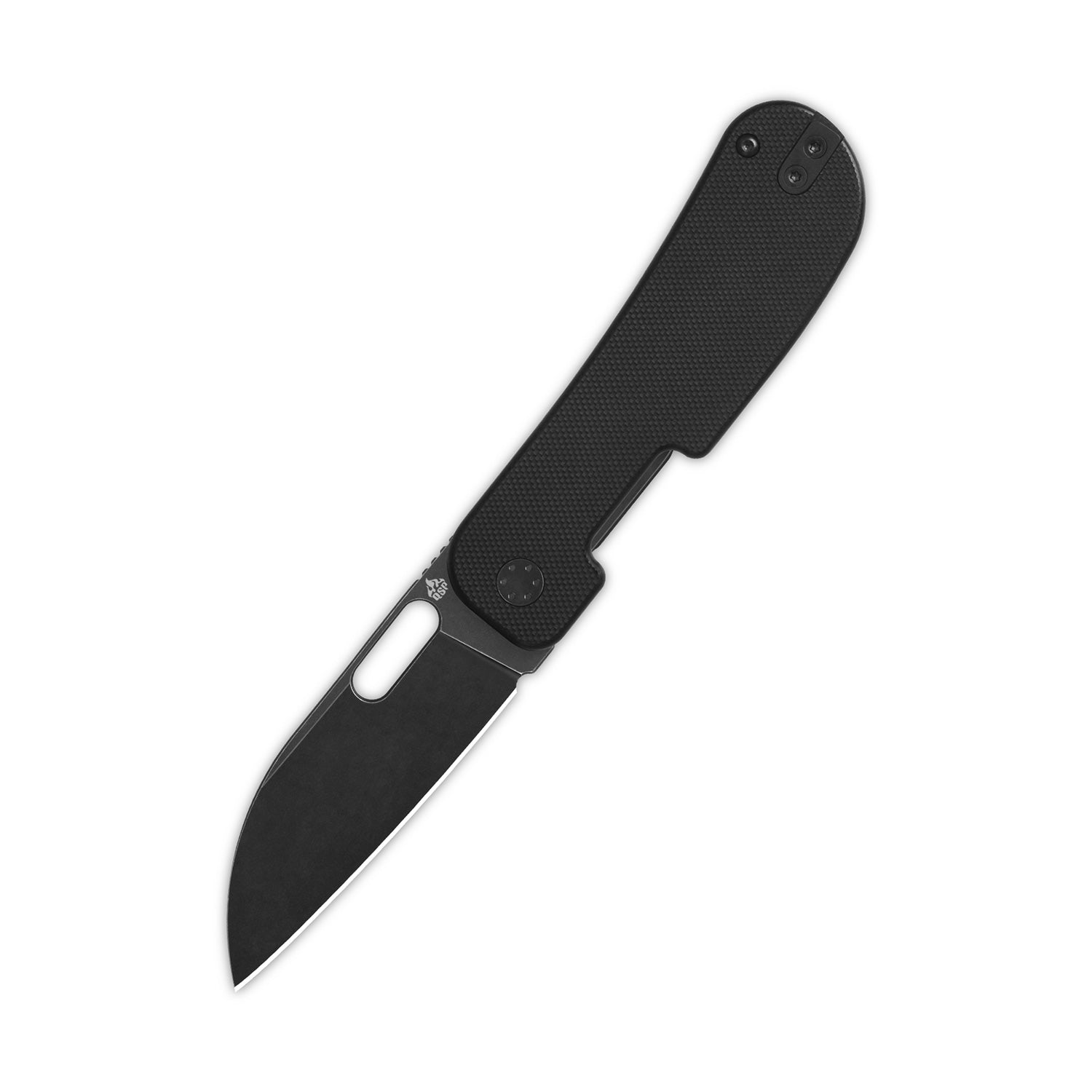Uncover the Ultimate Folding Knife: Your Next Adventure Awaits!
Folding knives have become indispensable tools for adventurers, outdoor enthusiasts, and everyday users alike. Their compact design makes them easy to carry, while their versatility allows for a wide range of applications—be it slicing through rope, preparing food during a camping trip, or tackling everyday tasks at home. In this article, we aim to guide you in finding and purchasing the perfect folding knife tailored to your needs. Whether you're an experienced knife enthusiast or a first-time buyer, understanding what makes a folding knife exceptional will enhance your outdoor adventures and daily life.

Understanding Folding Knives
A folding knife is a type of knife with a blade that can be folded into the handle, allowing for safe storage and transport. Unlike fixed-blade knives that are stationary and often larger, folding knives offer portability and convenience. The basic components of a folding knife include the blade, handle, pivot, and locking mechanism. The blade can be crafted from various materials and comes in different shapes and sizes, catering to diverse uses. There are several types of folding knives available in the market, such as pocket knives, tactical knives, and multi-tools, each designed for specific tasks. This variety makes folding knives a popular choice for both casual users and serious collectors.
Key Features to Consider When Choosing a Folding Knife
When searching for the ideal folding knife, several key features should be taken into consideration to ensure it meets your specific needs. One of the most important aspects to evaluate is the blade material, as it affects the knife's performance and durability. Common materials include stainless steel, carbon steel, and high-carbon stainless steel, each with its unique properties. Next, look at the locking mechanism, which secures the blade in an open position during use; popular types include liner locks, frame locks, and back locks, each offering varying levels of safety and ease of use. Additionally, handle ergonomics play a crucial role in your comfort and grip while using the knife. The materials and design of the handle can significantly influence your overall experience. Finally, consider the size of the knife; a compact design may be ideal for everyday carry, while larger blades may be more suitable for outdoor tasks.
Blade Material
Blade material is a critical factor in the performance and longevity of a folding knife. Stainless steel is a common choice due to its resistance to corrosion, making it perfect for outdoor use. Carbon steel, on the other hand, offers superior sharpness and edge retention but requires more maintenance to prevent rust. High-carbon stainless steel combines the best of both worlds, providing corrosion resistance and sharpness. Understanding these materials will help you choose a knife that suits your intended use—whether for everyday tasks or rugged outdoor adventures.
Locking Mechanisms
The locking mechanism of a folding knife is vital for safety and usability. Liner locks use a spring-loaded bar to secure the blade, making them easy to operate with one hand. Frame locks, similar in design but typically sturdier, use the handle itself to hold the blade in place. Back locks are another common type, featuring a mechanism at the rear of the handle that provides a strong lockup. Each type has its advantages, but the key is to choose one that feels intuitive and secure to you.
Handle Design and Comfort
The design and materials of the handle can greatly impact your experience with a folding knife. Handles are often made from materials like G-10, aluminum, or wood, each offering different textures and grips. A comfortable handle will allow for prolonged use without fatigue. Additionally, consider the shape of the handle; ergonomic designs can enhance grip and control, ensuring that the knife feels secure in your hand during use.
Where to Find the Perfect Folding Knife
Finding the perfect folding knife involves knowing where to look. Local outdoor shops often provide a hands-on experience, allowing you to feel the weight and grip of various models. Online marketplaces offer a vast selection, often with customer reviews that can guide your decision. Specialty retailers may provide expert advice and valuable insights into different brands and models. The benefit of buying from knowledgeable sellers cannot be overstated, as they can help you navigate through the options to find a knife that fits your needs.
Tips for First-Time Buyers
If you're a first-time buyer, it’s essential to approach the process with a few strategies in mind. First, don’t hesitate to ask sellers questions about the knife’s features and intended use; knowledgeable staff can offer valuable insights. Look for signs of quality, such as smooth blade deployment and a solid lockup mechanism. Additionally, reading customer reviews can provide real-world insights into the performance and durability of the knife you're considering. Remember, this investment should not only serve your current needs but also be a reliable companion for years to come.
Making an Informed Folding Knife Choice
In conclusion, choosing the right folding knife is a rewarding journey that requires careful consideration of various factors, including blade material, locking mechanism, and handle design. By understanding these elements and knowing where to shop, you can make an informed decision that aligns with your needs. Whether you're embarking on an outdoor adventure or simply looking for a reliable tool for everyday tasks, a well-chosen folding knife can enhance your experience. So, explore your options, and find the perfect folding knife that awaits your next adventure!







تعليقات